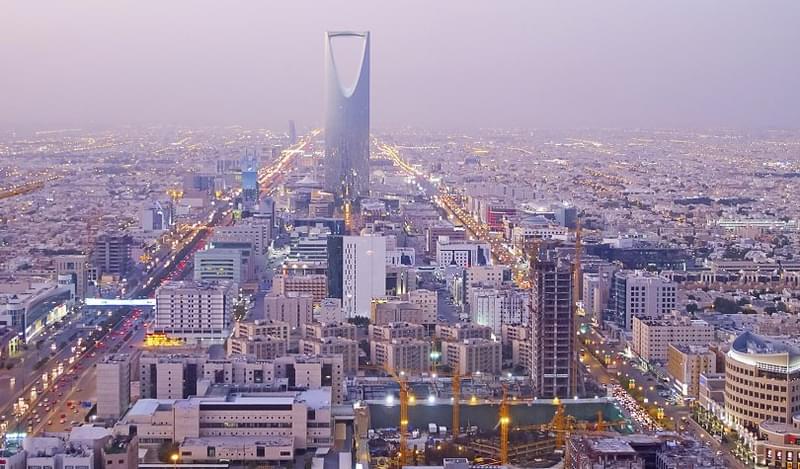The government of Saudi Arabia’s worsening finances leave no clues as to where at least some of the proceeds of the country’s US$17.5bn bond issuance will be used, as depressed oil prices continue to pressure the Kingdom’s fiscal position.
Oil revenues contributed 38.7% to Saudi Arabia’s GDP in 2014, according to figures from the World Bank. According to Bloomberg, oil prices have fallen from over US$100 per barrel until mid-2014 to US$50.28 per barrel at the time of writing.
Accordingly, public finances are set to be the largest beneficiary of the country’s debut bond sale. Saudi Arabia’s budget deficit remains large even in comparison to those of other GCC sovereigns such as the UAE or other Middle Eastern nations such as Iran, despite the latter two’s reliance on oil.
Saudi Arabia’s economic recovery, similarly to elsewhere in the GCC will be slower than in other oil-dependent nations due to its currency peg against the dollar, which, although enabling the sovereign to weather the initial shock of an oil price collapse better, limits the long-term adjustment and recovery.
For example, Russia has maintained a current account surplus despite low oil prices and sanctions (recorded at 5.10% for 2015 according to Trading Economics), whilst Saudi Arabia’s current account balance dropped from a surplus of around 18% in 2013 to a deficit estimated to be around 6.6% of GDP this year, a fall of 24.6%.
The country’s budget deficit, which reached US$98bn last year, is currently at around 13% of GDP, and although this is expected to decline to 9.5% next year, it will remain within the 6-7% area out to 2021. The Saudi government expects the deficit to fall to US$87bn this year.
This deficit had been part-financing by the government by drawing on its reserves, but this is rapidly depleting them.
The country’s FX reserves dropped by 16% to US$555bn year-on-year in August, dropping by US$6bn from the previous month alone. These reserves are significantly down from the US$737bn the country held in August 2014.
“The Kingdom is trying to boost its reserves with its debut dollar-denominated bond sale, although some will likely be held for use at a later date,” said Jakob Christensen, chief analyst, head of EM research at Danske Bank, adding that the government was looking to smooth out its debt burden through the issuance.
However, alongside financing the deficit, the Kingdom is likely to channel some of the funds from its bond sale to promote its 2030 Vision, a plan to wean the country’s economy off its dependence on oil.
One of the key aspects of the 2030 strategy is to diversify the Saudi economy. To this end, the country is looking to lessen its dependence on oil and promote renewable energy.
As a result, the energy space will likely be the target of large public investments designed to boost the Kingdom’s power generating capacity, including alternative energy sources, according to Christensen. “There will also be investments into other projects in the education and healthcare sectors.”
In addition, the Kingdom is also looking to diversify revenue generation through investments, and increase the size of the private sector.
“There will likely be investment or innovation funds that will promote the development of the country’s private sector,” Christensen said, adding that the part-privatisation of Aramco will provide a substantial liquidity boost.
Although the Kingdom has set out its plan for diversifying its economy, if the funds raised from its landmark bond sale are not put to good use in reaching this end, investors could rethink their decision.
“It will matter to investors how credible this 2030 plan turns out to be, as this will ultimately enable the Saudi government to repay the funds it has borrowed.”
In addition to now carrying US$17.5bn in leverage, the government is also planning to tap the sukuk and loan markets next year. There are also expected to be numerous corporate or SOE issuances from the Kingdom, which will likely add to its outstanding obligations.
“Whether the funds are being put towards productive ends or whether they are going to a white elephant matters a lot,” Christensen said, adding that if investors decide the funds are not being used appropriately or if there are fiscal slippages, there would likely be a selloff, especially as the bonds appeared rich when originally priced.
However, although the Kingdom’s reserves have taken a relatively large hit, they are still substantial. Christensen concluded that this is what investors are considering, as the Kingdom has such sizeable foreign reserves it will be able to guarantee repayments of its debts.









